Derrel
Mr. Rain Cloud
- Joined
- Jul 23, 2009
- Messages
- 48,225
- Reaction score
- 18,941
- Location
- USA
- Website
- www.pbase.com
- Can others edit my Photos
- Photos OK to edit
I think Bill is coming to full-frame from DX Nikon, so the loss of one shutter speed is mitigated by the shallower DOF that FX provides over DX--ESPECIALLY in the "people photography" focal lengths and distance ranges. I do not see 1/4000 top shutter speed as a significant limitation. I grew up on 35mm SLR cameras that had 1/1000 as the top speed on the vast majority of models; as a young man, Nikon edged up to 1/2000, then 1/4000 when they brought out the FM-2. The larger the capture format, the shallower the DOF for any given picture angle. My medium format bodies only go up to 1/500 second, but since they are larger format, I get MUCH, much shallower DOF with both a normal, or with a short tele, or with the longer tele. So...the idea that he "needs" to shoot wide-open in sunlight and therefore "needs" 1/8000 second is a somewhat debatable point if he is indeed coming to this from DX Nikon.
The weird thing about DX is this: because the format is "small", it gives a lot of DOF at each picture angle, compared against larger formats. Because it crops off the outer image circle, DX forces the photographer to literally "stand back farther" with lenses like an 85mm, just to be able to shoot a standing person full-frame. And the thing is...not at macro ranges, and not at close-up ranges, but once one moves into the normal distance ranges from 2 meters out to 10 to 12 meters or so, DOF increases at a VERY rapid pace with increasing distance. DOF is not a perfectly linear thing. As the distances grow longer, DOF on APS-C increases at a rate roughly 2.7x faster than it does at close-up distances [this according to Bob Atkins]. What this means is that if you WANT to "blow out" the backgrounds in full-length shots of people, you can do it more easily with an FX camera than with an APS-C camera; by the time you move down in sensor size to a 4/3 sensor, or a compact sensor camera, the DOF with their lenses, and their shooting distances, is soooooo great that achieving foreground/background separation through selective focusing and shallow DOF is basically, IMPOSSIBLE with the lenses that exist today.
There's a reason that so many fashionistas like medium format film cameras; they give shallow depth of field that allows them to easily throw backgrounds well out of focus, even in brighter, outdoor lighting conditions, with lenses that often top out at f/4 max aperture, and even at f/8 at 1/500 second in bright light, they STILL have shallowish DOF whenever longer lenses are used. Conversely, at the opposite end are high-level street shooters who absolutely LOVE the ability to shoot deep depth of field photos in fluid social situations because their format is small, and they are using lenses as short as 12mm for their wide-angle photos. A 14mm lens on a Fuji EX series is a 21mm 35mm FOV equivalent, and when used on a smaller format like that, the lens has deep DOF, so it makes pulling deep DOF shots easy! And so, to me, the "value" of 1/8000 second on an FX camera seems rather limited to me.
The weird thing about DX is this: because the format is "small", it gives a lot of DOF at each picture angle, compared against larger formats. Because it crops off the outer image circle, DX forces the photographer to literally "stand back farther" with lenses like an 85mm, just to be able to shoot a standing person full-frame. And the thing is...not at macro ranges, and not at close-up ranges, but once one moves into the normal distance ranges from 2 meters out to 10 to 12 meters or so, DOF increases at a VERY rapid pace with increasing distance. DOF is not a perfectly linear thing. As the distances grow longer, DOF on APS-C increases at a rate roughly 2.7x faster than it does at close-up distances [this according to Bob Atkins]. What this means is that if you WANT to "blow out" the backgrounds in full-length shots of people, you can do it more easily with an FX camera than with an APS-C camera; by the time you move down in sensor size to a 4/3 sensor, or a compact sensor camera, the DOF with their lenses, and their shooting distances, is soooooo great that achieving foreground/background separation through selective focusing and shallow DOF is basically, IMPOSSIBLE with the lenses that exist today.
There's a reason that so many fashionistas like medium format film cameras; they give shallow depth of field that allows them to easily throw backgrounds well out of focus, even in brighter, outdoor lighting conditions, with lenses that often top out at f/4 max aperture, and even at f/8 at 1/500 second in bright light, they STILL have shallowish DOF whenever longer lenses are used. Conversely, at the opposite end are high-level street shooters who absolutely LOVE the ability to shoot deep depth of field photos in fluid social situations because their format is small, and they are using lenses as short as 12mm for their wide-angle photos. A 14mm lens on a Fuji EX series is a 21mm 35mm FOV equivalent, and when used on a smaller format like that, the lens has deep DOF, so it makes pulling deep DOF shots easy! And so, to me, the "value" of 1/8000 second on an FX camera seems rather limited to me.


![[No title]](/data/xfmg/thumbnail/40/40299-41bf1ccac2889096fb5f4fcffdd56721.jpg?1619739411)
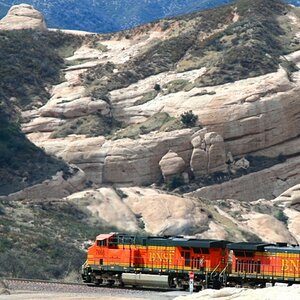
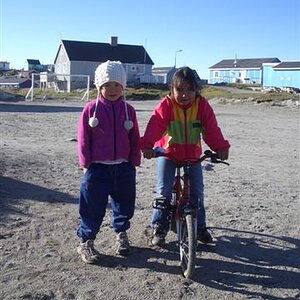
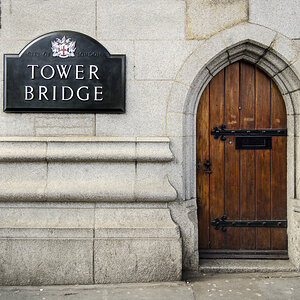
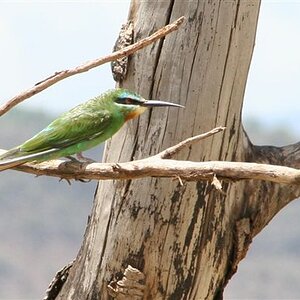
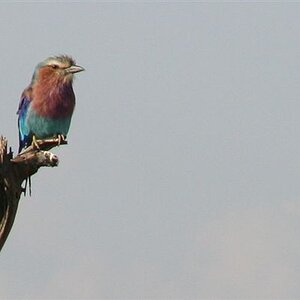
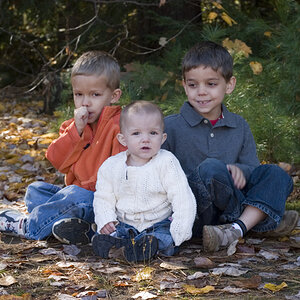
![[No title]](/data/xfmg/thumbnail/34/34147-1d3c1583c083bc674df087f4aa2ec7cb.jpg?1619736320)
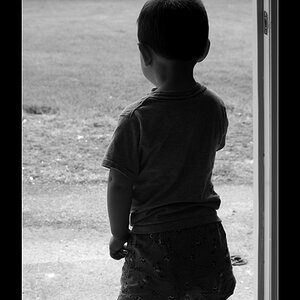
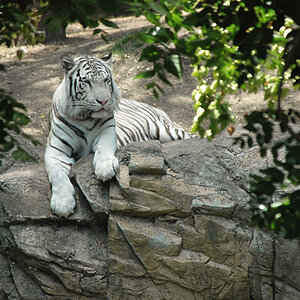
![[No title]](/data/xfmg/thumbnail/40/40298-08fb67b2f2c98625b8ff8dcb00ed42a8.jpg?1619739411)
